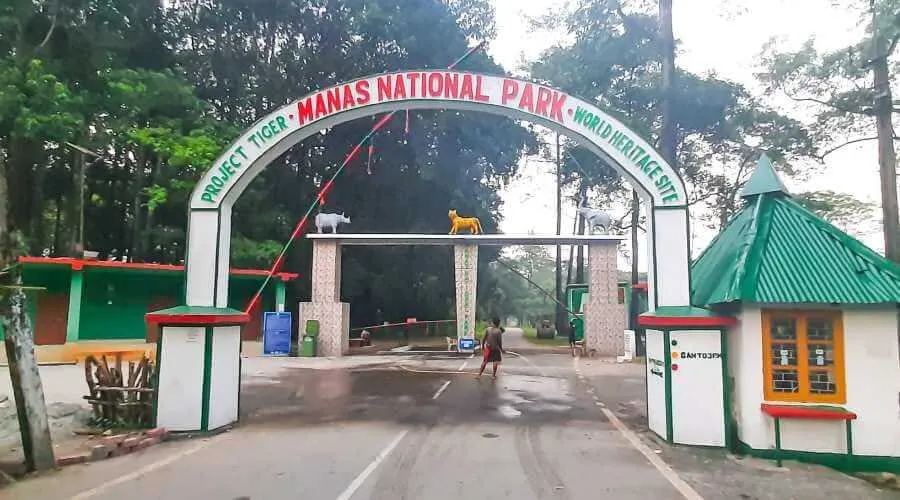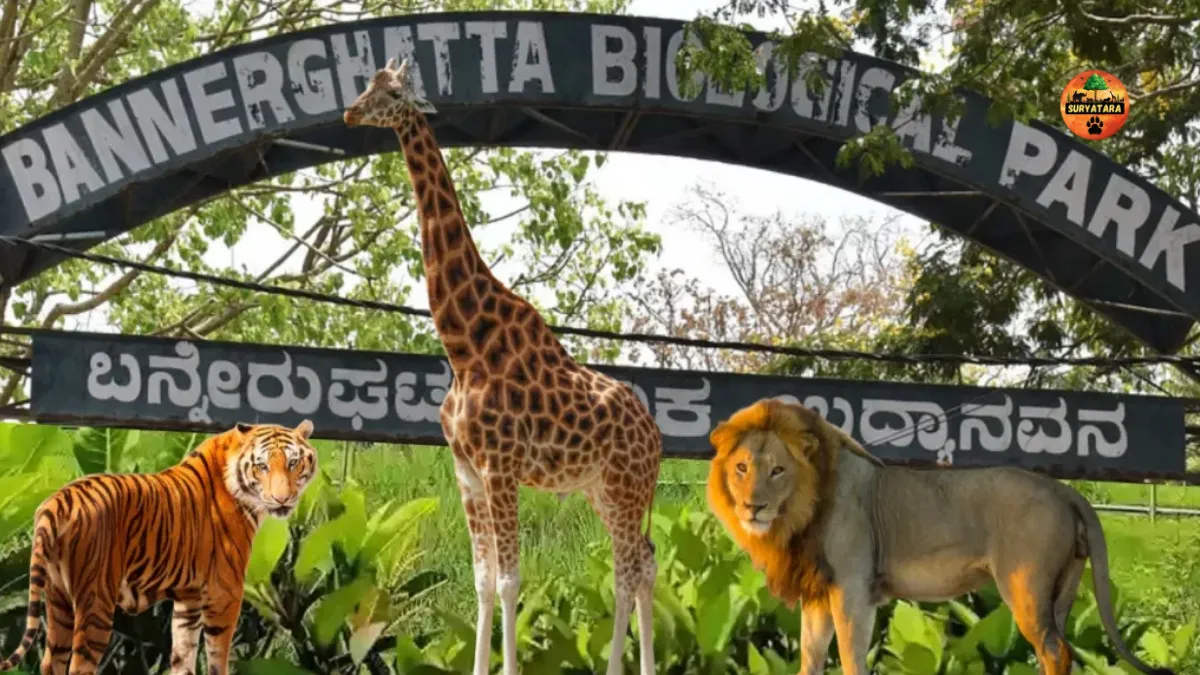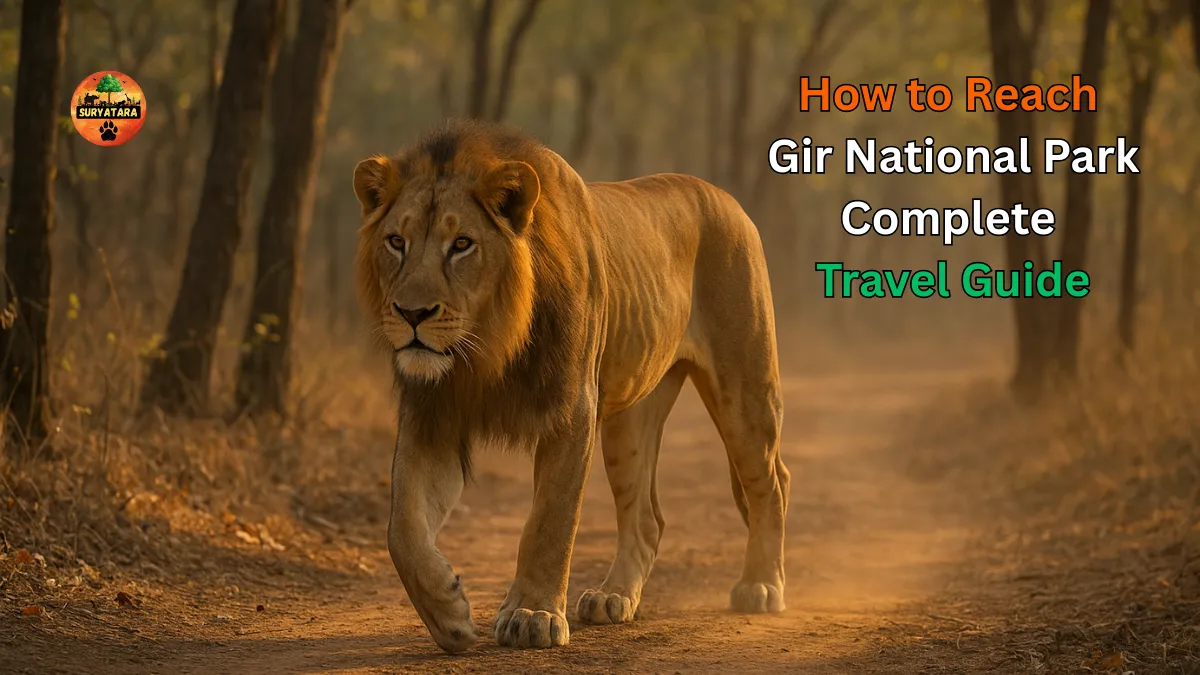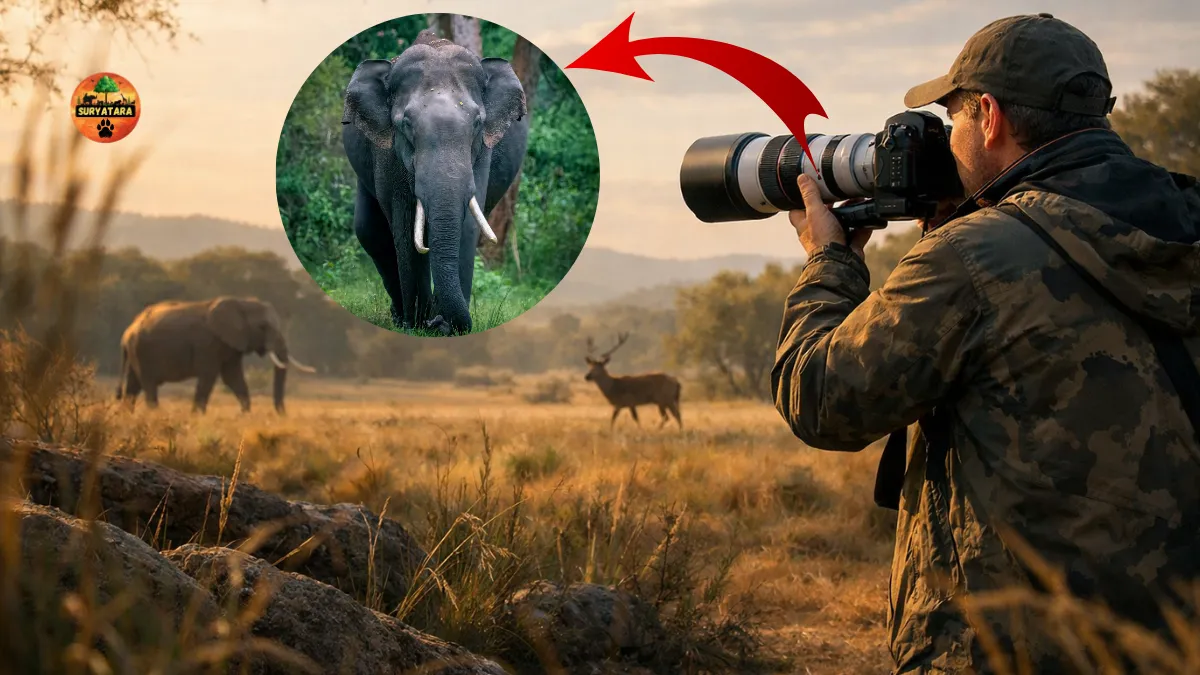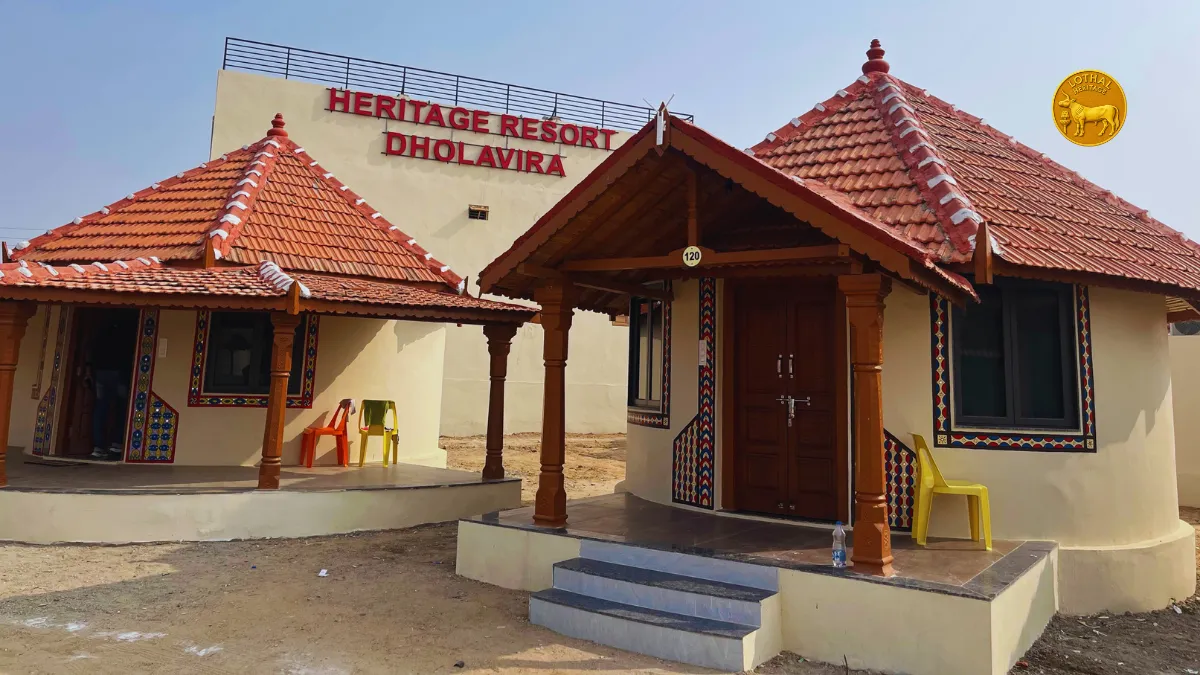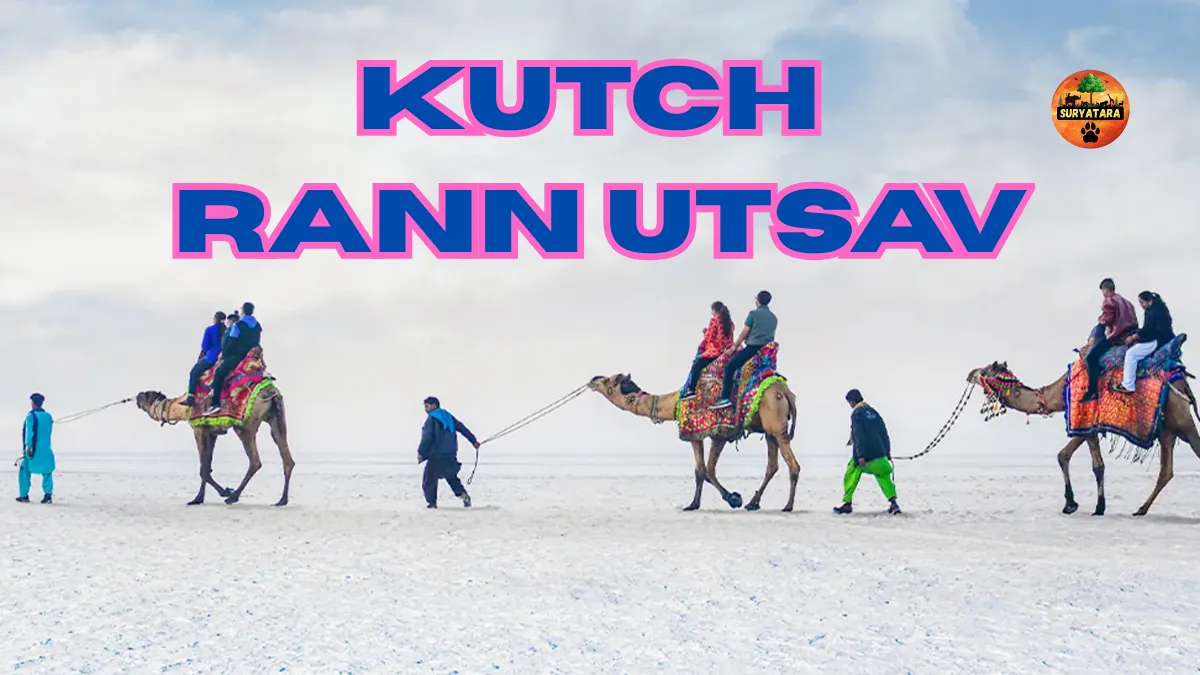Manas National Park is one of India’s most enchanting wildlife sanctuaries, nestled in the foothills of the Eastern Himalayas in Assam. Known for its breathtaking landscapes, rare species, and cultural richness, Manas is a UNESCO World Heritage Site and a critical part of India’s natural heritage. Whether you’re a nature lover, wildlife enthusiast, or conservation advocate, Manas National Park promises an unforgettable experience filled with natural wonders.
Introduction to Manas National Park
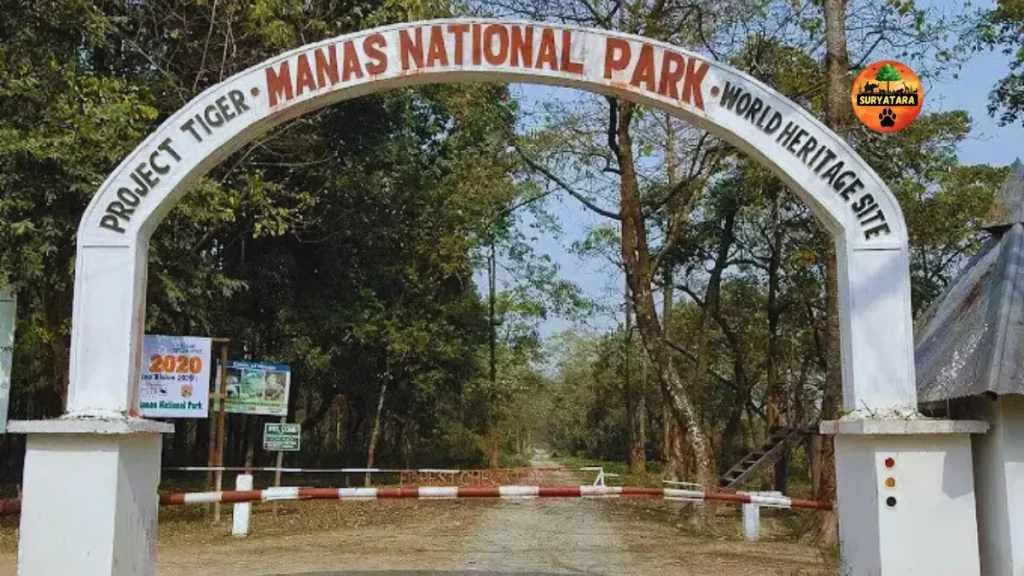
Manas National Park covers a sprawling area of approximately 950 square kilometers and serves as a sanctuary for some of the most endangered species in the world. Located on the border of Bhutan, the park shares its ecosystem with the Royal Manas National Park of Bhutan, creating a transboundary conservation area of immense ecological importance.
The park derives its name from the Manas River, a major tributary of the Brahmaputra, which flows through the heart of the reserve and supports its rich biodiversity. It was declared a wildlife sanctuary in 1928, designated a tiger reserve in 1973, and recognized as a UNESCO World Heritage Site in 1985.
Rich Biodiversity and Unique Ecosystems
One of the most remarkable aspects of Manas National Park is its diverse ecosystem. It features a stunning mix of grasslands, tropical moist deciduous forests, riverine forests, and semi-evergreen forests. This varied habitat supports a wide range of flora and fauna, many of which are rare and endangered.
Key Species in Manas National Park
- Mammals: Bengal tiger, Indian elephant, one-horned rhinoceros, clouded leopard, golden langur, and pygmy hog
- Birds: Greater adjutant stork, Bengal florican, swamp francolin, and over 450 other bird species
- Reptiles: Assam roofed turtle, Indian python, king cobra
The presence of the golden langur and pygmy hog—both critically endangered—makes Manas an especially vital conservation site.
Conservation Challenges and Achievements
Manas National Park has faced significant challenges over the decades, particularly during periods of political unrest in the 1980s and 1990s, which led to poaching and habitat degradation. However, consistent efforts by conservation organizations, local communities, and government agencies have led to a remarkable revival of the park’s ecosystem.
Today, Manas is a model for community-based conservation. Local Bodo tribes are actively involved in protecting the forest and promoting sustainable tourism, ensuring that conservation and livelihood go hand-in-hand.
Tourist Attractions and Activities in Manas
Exploring Manas National Park is a true adventure. Visitors can indulge in various activities that offer a deep connection with nature:
- Jeep Safari: The best way to explore the park’s interiors and spot wild animals in their natural habitat.
- Elephant Safari: Offers a unique perspective of the forest and increases the chance of spotting elephants and rhinoceroses.
- River Rafting: On the Manas River, ideal for birdwatching and scenic beauty.
- Bird Watching: A paradise for bird enthusiasts, with several migratory and endemic species.
- Nature Walks: Guided treks through the buffer zones allow for a more intimate experience of the region’s flora and fauna.
How to Reach Manas National Park
The park is well-connected by road, rail, and air, making it accessible from major cities.
| Details | Information |
|---|---|
| Location | Baksa & Chirang Districts, Assam |
| Nearest Airport | Lokpriya Gopinath Bordoloi Airport, Guwahati (approx. 180 km) |
| Nearest Railway Station | Barpeta Road (approx. 40 km) |
| Best Time to Visit | November to April |
| Entry Timings | 6:00 AM to 3:00 PM |
| Safari Timings | Morning: 6:30 AM – 10:00 AM Evening: 2:30 PM – 5:30 PM |
| Permit Required | Yes, available at the park gate |
Sustainable Tourism and Local Involvement
A major reason behind the revival of Manas National Park has been the integration of eco-tourism and local participation. The communities living around the park have been trained in hospitality, guiding, and conservation techniques. This not only empowers locals but also enriches the tourist experience.
Homestays and eco-lodges are encouraged over commercial hotels to ensure minimal ecological disruption. Visitors are also educated about responsible tourism practices such as avoiding plastic, not feeding animals, and maintaining silence during safaris.
Also read: Sundarban Tiger Reserve: India’s Mysterious Mangrove Kingdom of the Royal Bengal Tiger
Subheading: Why Manas National Park Is a Must-Visit Destination
Manas National Park stands out not just for its incredible biodiversity but also for its role in cross-border conservation and community-led protection. Its tranquil landscapes, untouched forests, and rare wildlife make it one of the finest natural reserves in India.
Whether you’re planning a wildlife photography trip, a family vacation, or an ecological study tour, Manas offers the perfect blend of beauty, learning, and adventure.
Also read: Satkosia Tiger Reserve: A Hidden Gem of Biodiversity in Odisha
Conclusion
Manas National Park is more than just a wildlife sanctuary—it’s a symbol of resilience, coexistence, and the rich ecological heritage of Northeast India. Visiting Manas means not only witnessing rare animals in their natural habitat but also supporting a conservation success story. With the continued efforts of local communities and conservation bodies, Manas is set to remain a beacon of biodiversity for generations to come.
So, if you’re looking for a unique and meaningful wildlife experience, Manas National Park deserves a top spot on your travel bucket list.
